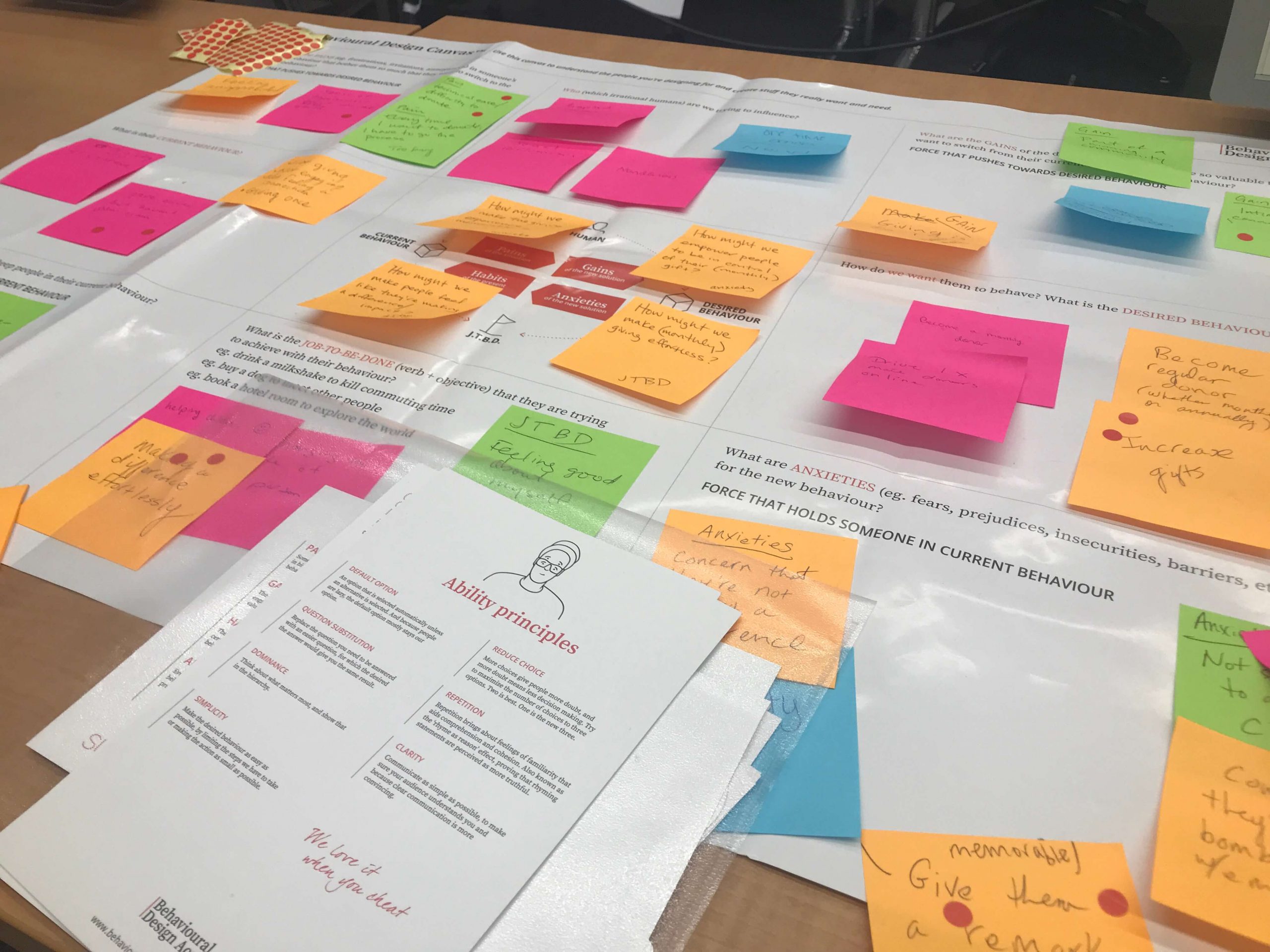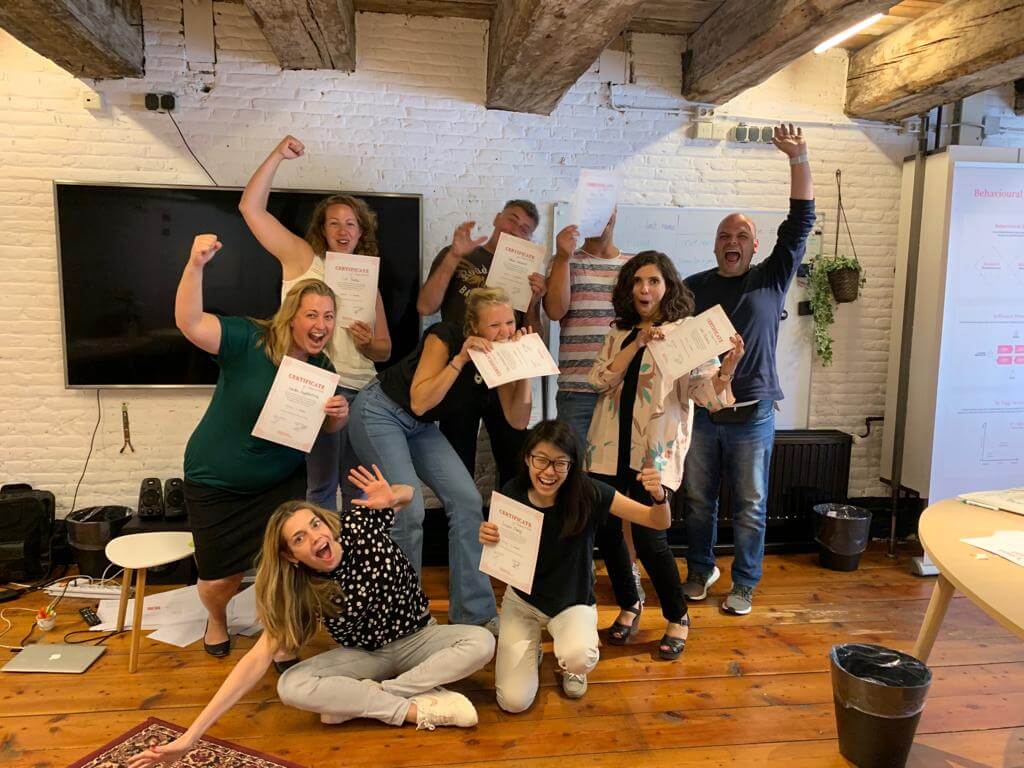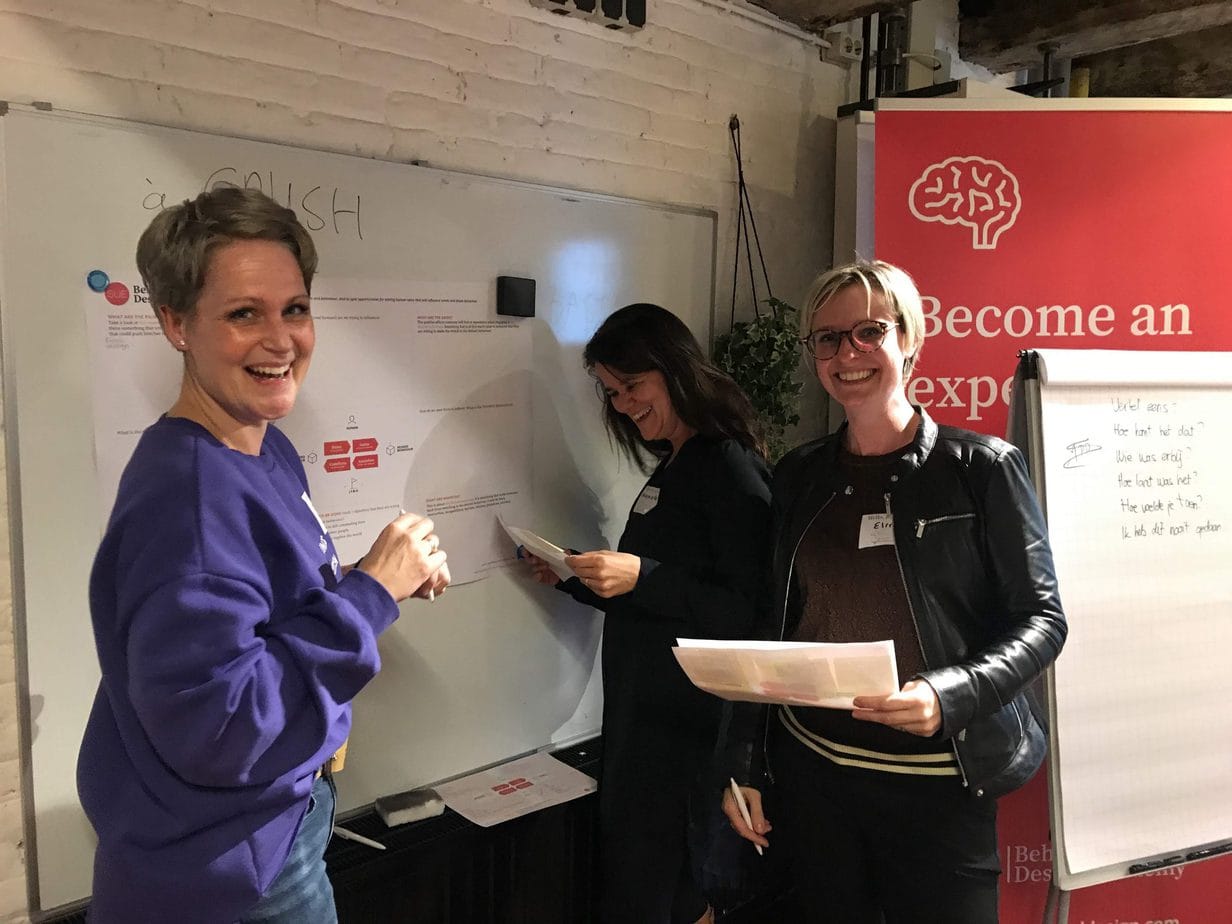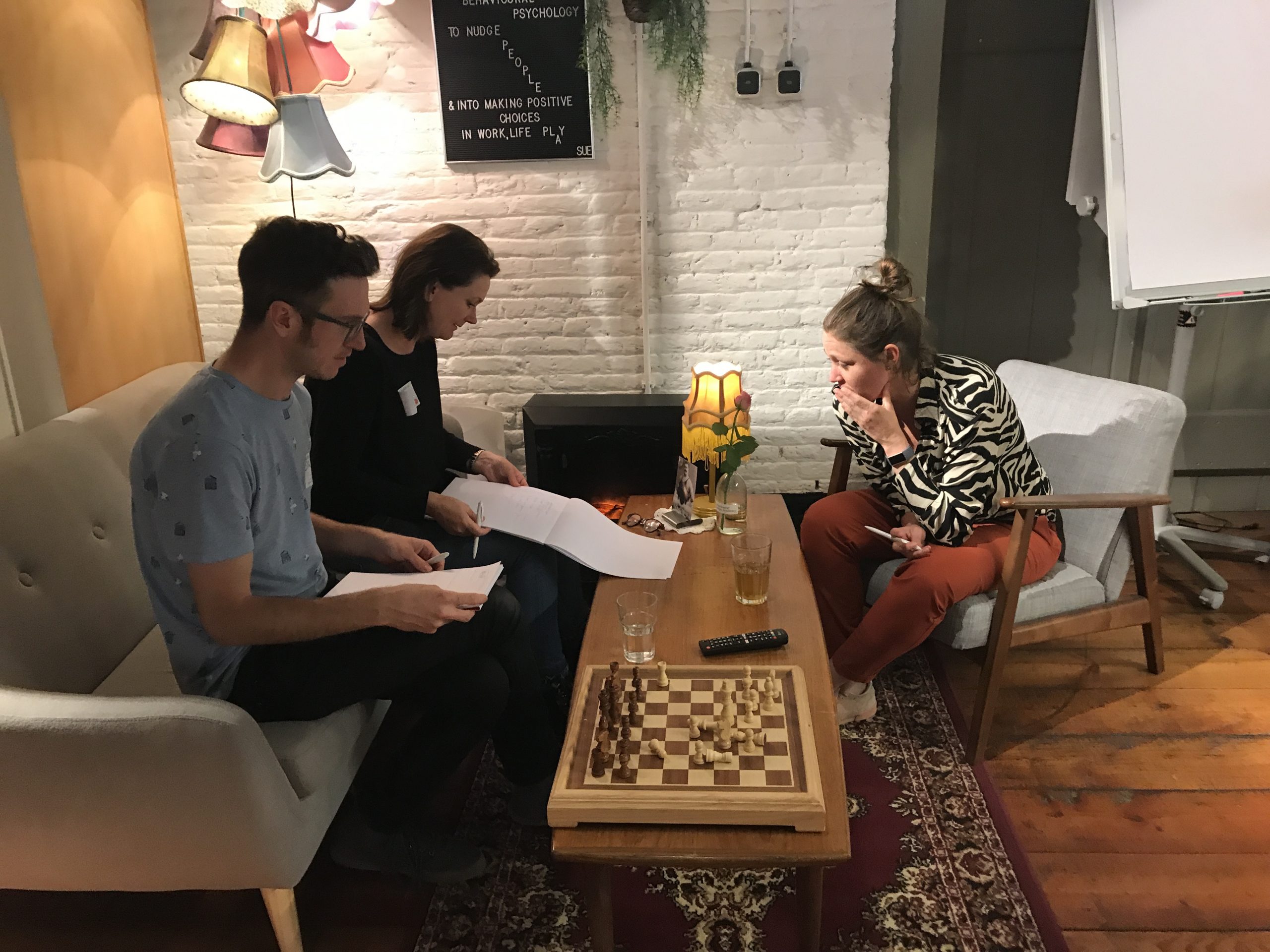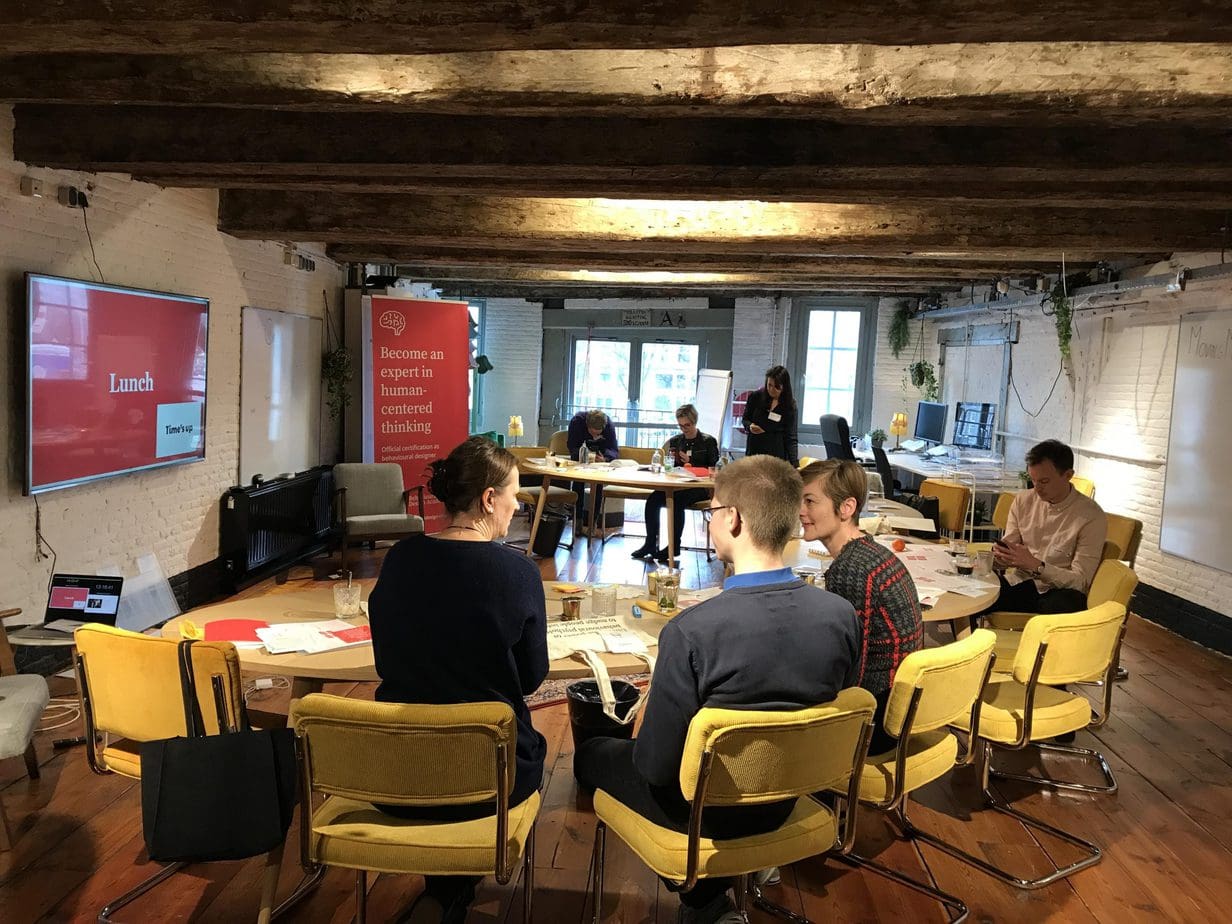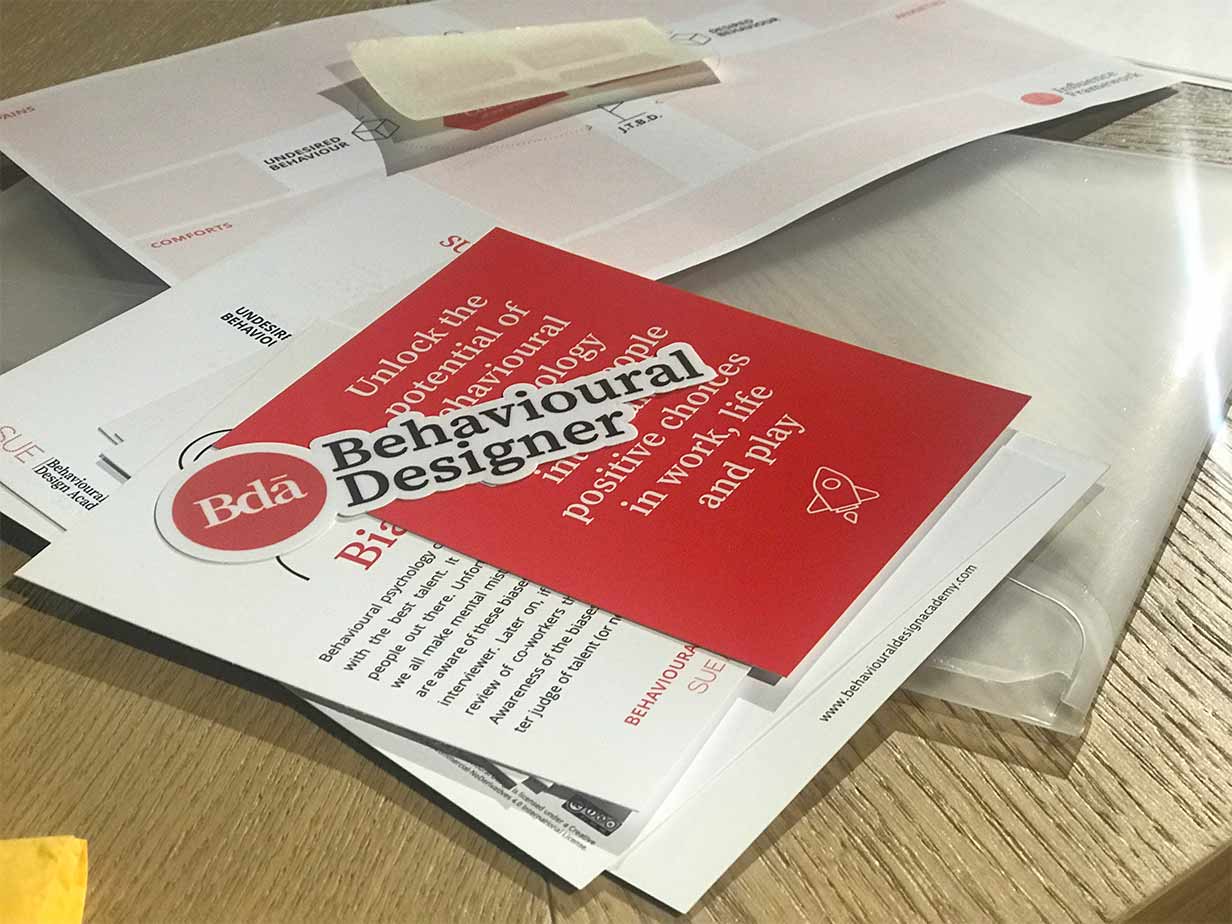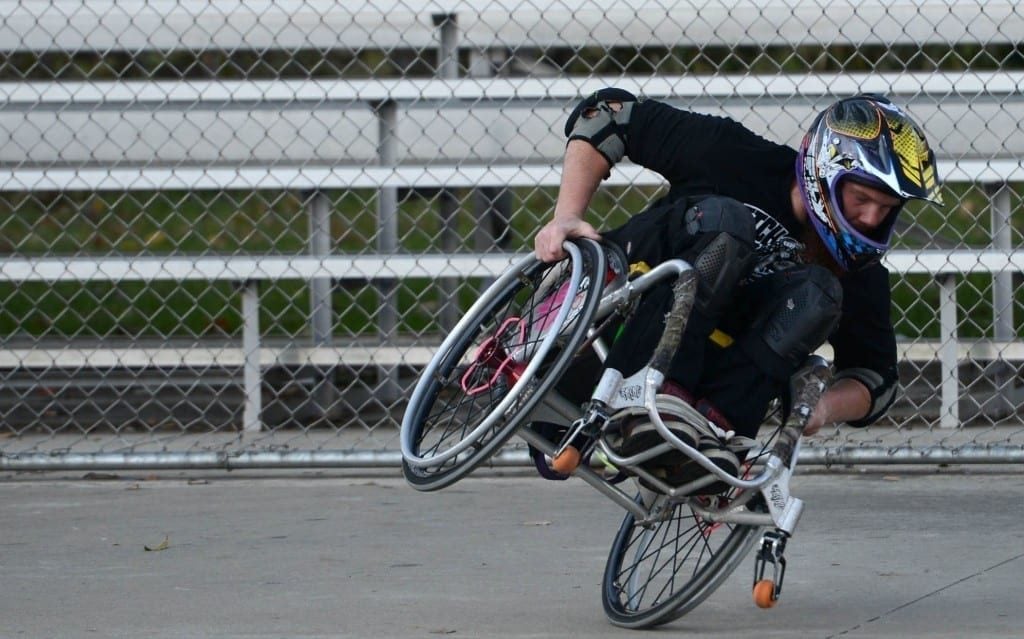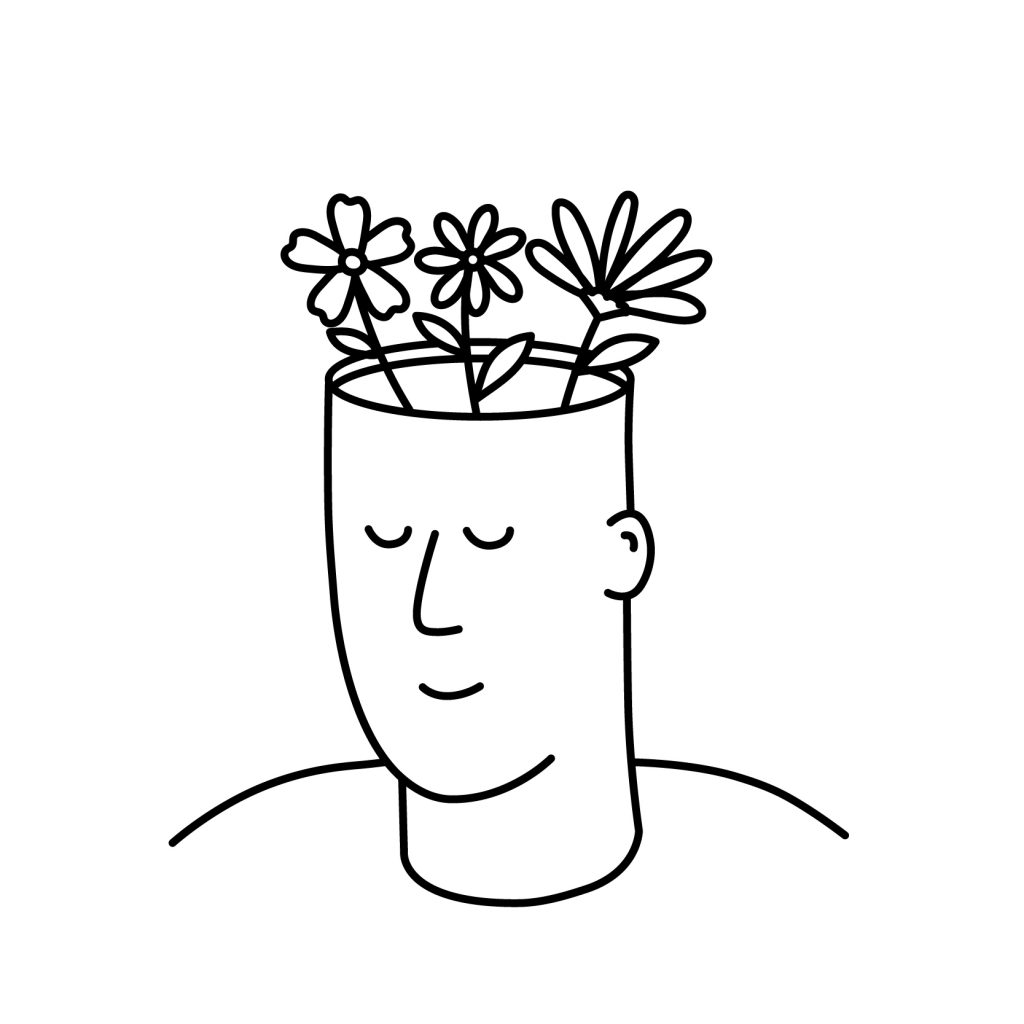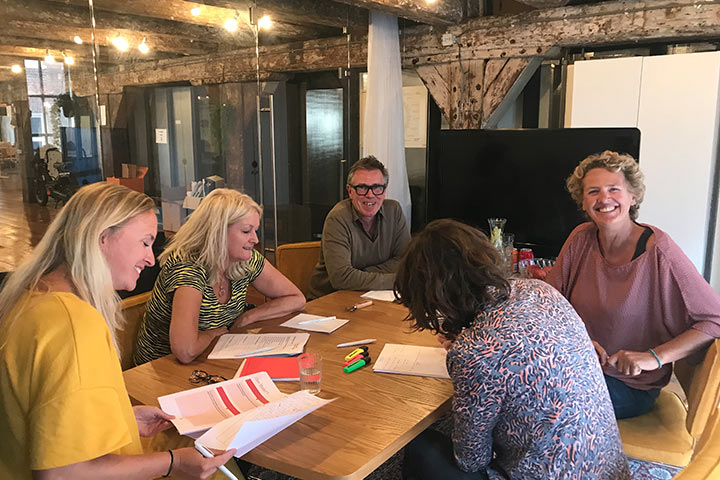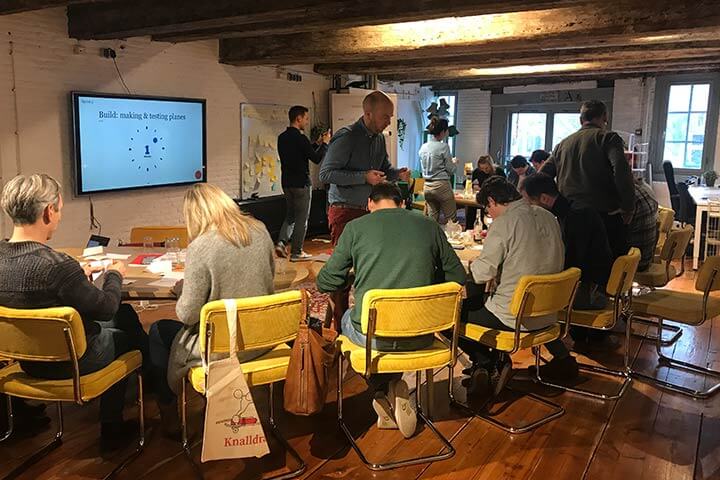The surprising story behind
Norways spectacular rise in EV’s

Did you know that in Norway more than 60% of all newly bought cars are electric? Here’s the surprising story of how they used smart Behavioural Design Thinking to fight climate change and achieve their aggressive CO2-zero ambitions. They came up with a couple of interventions that provide people with daily reminders of how awesome it is to drive electric.
Principle 1: Trigger selfish motives
The Norwegian Government doesn’t want to turn you into an eco-fanatic. Neither don’t try to convince you to make the transition because of the environment. They just make it much more attractive for you to drive electric. The brilliant part of their strategy is that they didn’t stop at your typical tax cuts – although they are enormous. They turned the benefit in something far more system 1: Electric cars get a free passage at the Toll Gates, get free parking in a lot of municipalities and get permission to drive on the bus lane. In other words: they get to experience the benefits every day.
This brings me to the second principle.
Principle 2: feedback
A driver of an electric car gets constant positive feedback on their behaviours. Every time they use the bus lane to skip traffic jam, or every time they pass a toll gate for free, they get a chance to look at all those combustine engine suckers. They get visual reminders on a daily basis of how stupid one must be to drive the old school way.
The opposite is also true: Every time you get stuck in a traffic jam, and you see a Tesla or an electric Kia legally using the bus lane to cut you off, you get a painful reminder that your not part of the priviledged class of the country.
Principle 3: Take away barriers
The big challenge is still to tackle “range anxiety”. More than often, people in Norway buy an electric car for their second car, with which they commute to work. For the long distances, they still don’t feel secure enough that they could travel comfortably without having to freak out about finding a re-charge station on time. Norway is investing rapidly in charging infrastructure. Ability is not a detail.
Add the missing layer to make your growth happen
Join our Behavioural Design Academy and in just two days master the practical Behavioural Design skills to make growth hacking actually work. You’ll know how to influence behaviour and shape minds to boost your growth hacking tactics.
What can we learn: Re-think incentives
First and foremost, we can’t compare apples with pears. Norway can issue this enormous tax cut because the country can afford it. The state – ironically – lives of the export of oil. Furthermore: they have – unlike most other countries – a heavy taxation in place on imported cars. A tax cut on the imported electric car quickly makes a significant financial difference.
But what we can learn is that there are far more clever strategies to get people to switch to electric driving. Instead of using the traditional taxation-stick, we could come up with benefits that have a much higher psychological value:
- Legalize autonomous-driving asap: Last week I saw a guy driving his Tesla while reading his newspaper. I realized I just saw the future. And it looked frikking cool.
- Give visual priviliges in traffic: To be allowed to cut traffic Jams by using the emergency lane, especially in a country like the Netherlands, will give you a guaranteed daily dopamine rush to the brain.
- Replace most parking spots in big cities like Amsterdam with parking spots that are exclusive for electric vehicles. Having to park your diesel on the outskirts of town, while having to take public transport to the city centre, meanwhile having to watch Electric Vehicle owners parking their car next to the canals for free: priceless.
The green revolution is coming.
We’re only using the wrong incentives to make it attractive.
Update: This post is the first in a series of a posts on how to use Behavioural Design thinking to tink about the climate crisis.
Want to learn more?
If you want to master the science of influence yourself, you could consider enrolling in our two-day course Behavioural Design at our SUE | Behavioural Design Academy. You can download the Academy brochure.
Or maybe you currently have a challenge in which you want to influence choice or change behaviour. Please, take a look at our Behavioural Design Sprint. It might be the answer you’re looking for.
Or could be you just would like to get to know us a little better. We happily introduce ourselves here.

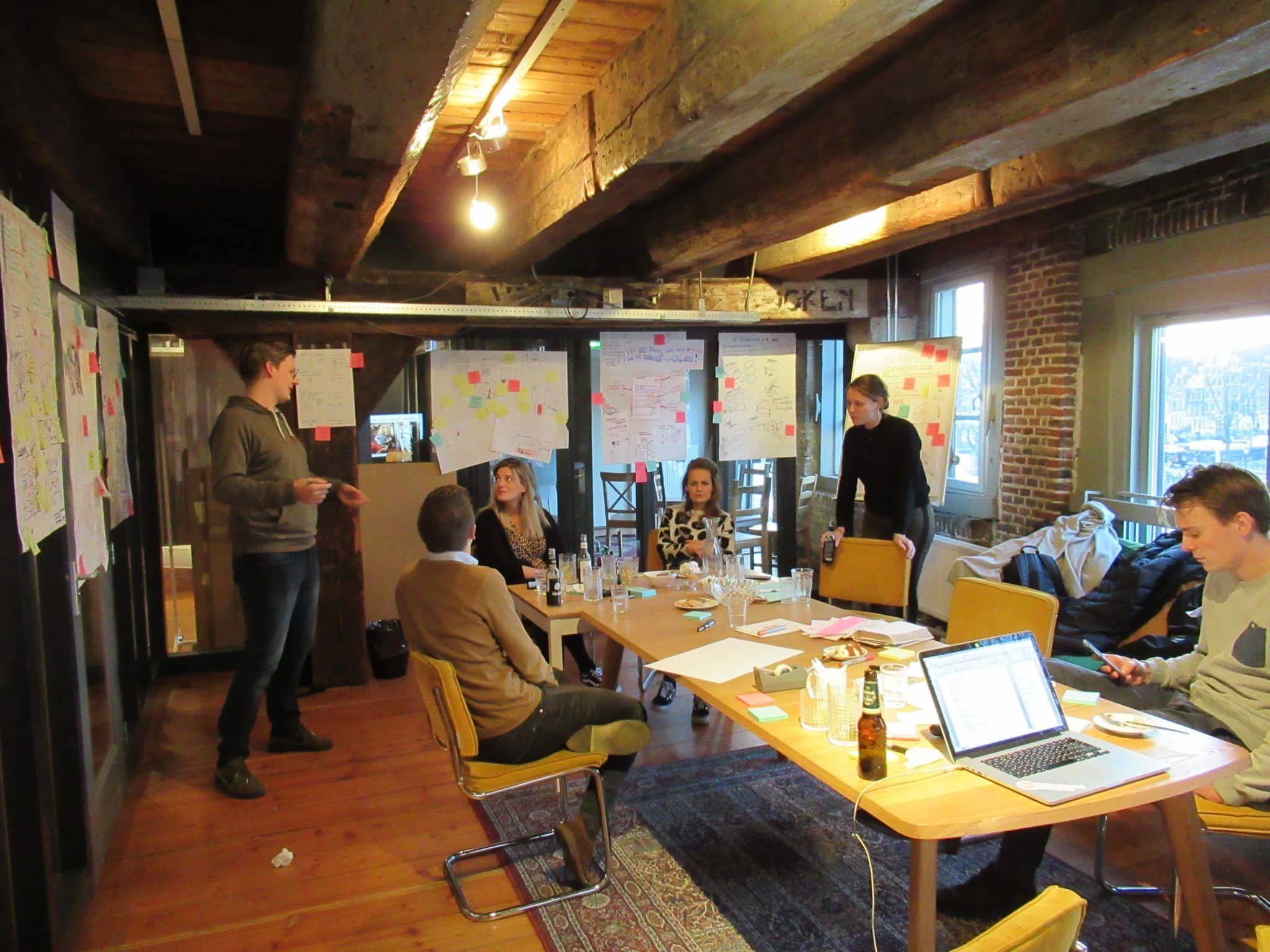




Without influence your customer won't do what's needed for growth
Join our Behavioural Design Academy and master the skills to shape minds and influence behaviour. We trained people over 30+ countries and have a 9,2 satisfaction rate. Check out our free brochure. Don’t miss out on making your growth a success.










